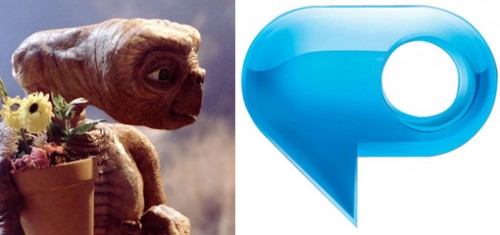I spent a great deal of time this past summer turning the idea of “analog interactions” over in my head, carving and sanding and refining it through a series of essays.
It largely started in my post Analog Interactions, where I discussed my recent forays into Arduino and my increasing interest in historic, richly tactile interactions. Following that, in Scope I offered a brief summation of my obsessive excursions to the Musée Mecanique (caution, the link is LOUD) in San Francisco, studying their incredible collection of turn-of-the-century penny arcade machines.
Most recently, last week Adaptive Path published my blog post regarding my vision for the future of computing, as an embedded series of tangible, tactile interactions that reimagine the input and output devices we traditionally use to interact with computers. Off The Desktop and Into The World is thus my latest effort to describe a world of computing that naturally integrates with our rich human tradition as physical, feeling beings that exist in a physical, richly sensual world.
In pursuing my capstone project this year I’m continuing with this line of inquiry, but within a more specific context. As I move to introduce a level of academic rigor to my interest in these analog interactions, I believe Hiroshi Ishii’s Tangible bits: towards seamless interfaces between people, bits and atoms is going to be a key on-ramp into the conversation.
UPDATE: Holy shit. Did I read this paper in a dream or something? The parallels are uncanny. For instance:
As an example, they described two cold steel benches located in different cities. When a person sits on one of these benches, a corresponding position on the other bench warms, and a bi-directional sound channel is opened. At the other location, after feeling the bench for “body heat,” another person can decide to make contact by sitting near the warmth.
What Ishii describes here is effectively a networked version of the Hot Seat:





